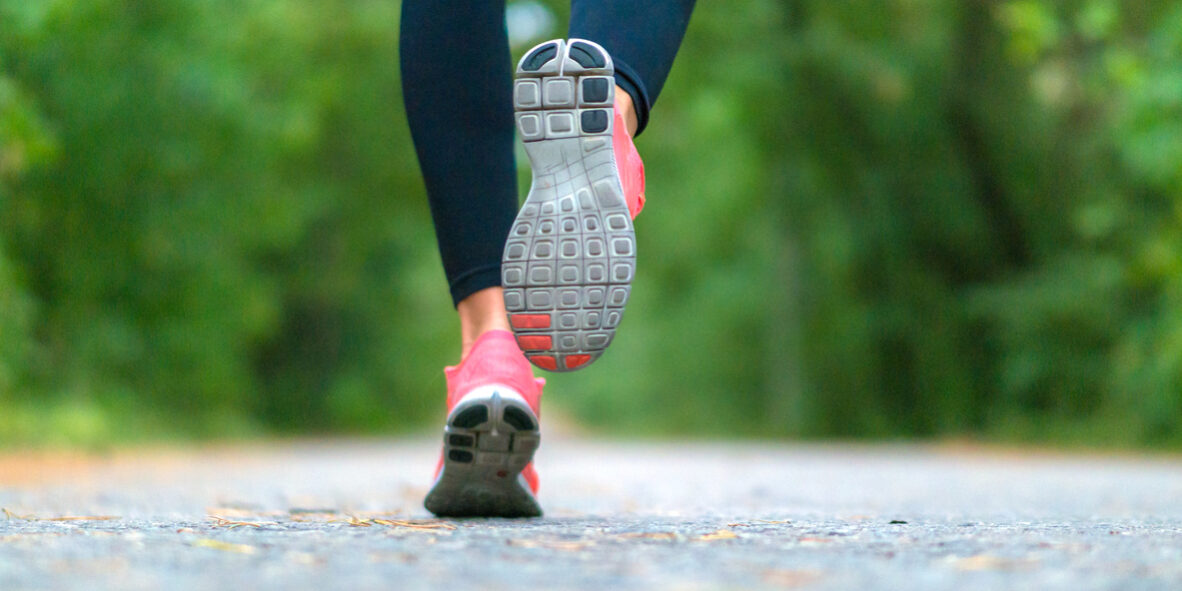Running, or the perpetual state of falling, is the most accessible form of exercise on the planet. All you need to participate in this activity is you (the runner) and a pair of shoes. Runners exercise on the road, trails, or treadmills, and everyone has different preferences.
When observing runners, you might notice that everyone has a different form, also known as mechanic, when practicing. This leads to a big question: what are the best running mechanics, and how can you achieve them?
In reality, there is not one generally best running mechanic. The best choice is dependent on the runner themselves and their associated anatomical presentation. Studies suggest a strong correlation between running mechanics and some running-related injuries.
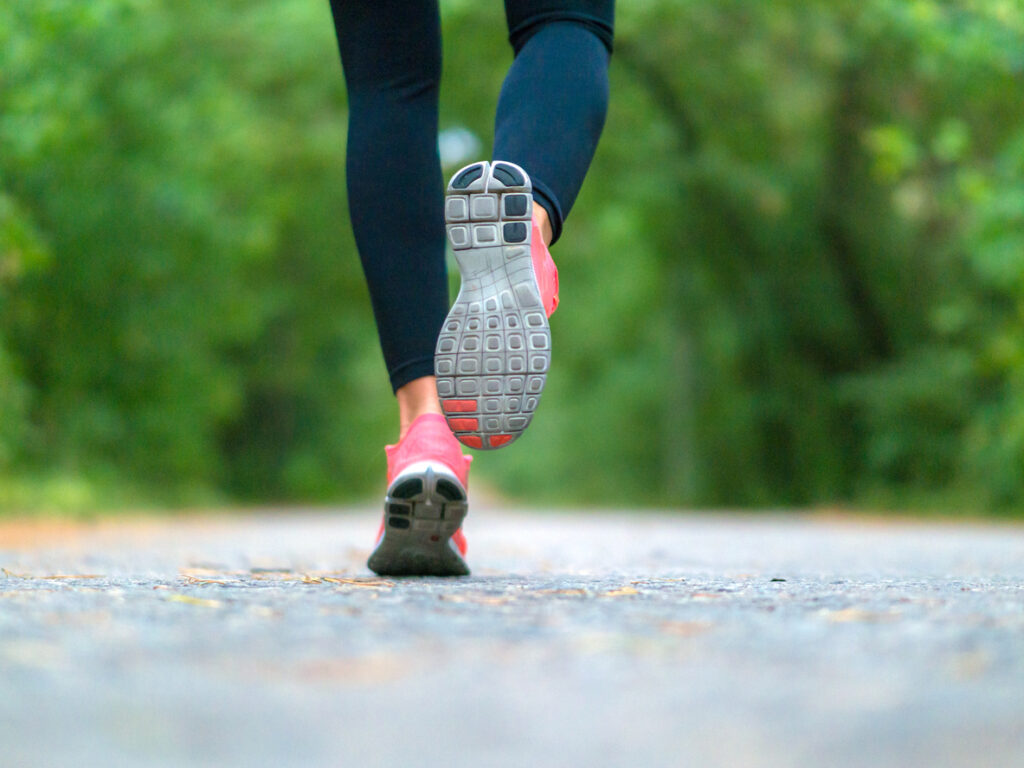
Factors that Affect Running Mechanics
Running mechanics should always take into account the joint range of motion (ROM) and bony anatomy of the individual.
Joint Range of Motion's Role in Running
Joint range of motion is the amount of excursion a joint can move through.
One of the most important joints used during running activities is the ankle joint. A ROM restriction in the ankle joint will bias a runner to run more through their forefoot or midfoot because people with this issue typically lack the ROM to perform a heel strike.
The Role of an Individual's Bony Anatomy in Running
A runner’s bony anatomy needs to be taken into consideration when analyzing body movements during runs. For example, an individual may stand with their toes turned out—a stance that carries into their running form. Attempting to fix this by encouraging running with toes straight forward could lead to hip and knee pain. These, and many other anatomical considerations, need to be taken into account when improving your running form.
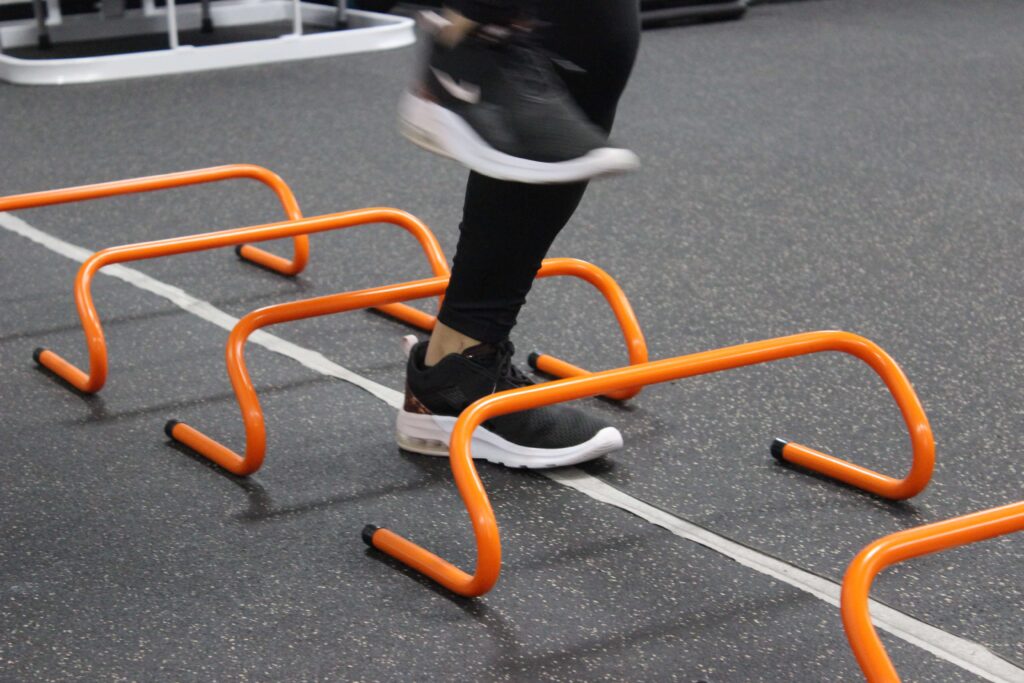
Common Running Mechanics that Could Lead to Injuries
There is significant evidence that running mechanics are connected to some running-related injuries. Some common mechanics that were found to lead to injuries were:
- Overstrides
- Decreased step rate
- Femoral internal rotation and adduction
- Decreased knee flexion at initial contact
These are common findings seen in a running analysis of injured runners. The good news is that gait analysis and retraining can significantly reduce your injury rate.
A trained physical therapist is vital to the success of your gait analysis and retraining plan—knowing which mechanical issue to tackle first and when to layer in the next step in your plan relies on experience.
For example, a runner’s cadence (steps per minute) should be retrained at a select percentage of their current rate. This is typically completed on a treadmill—a runner will increase their speed when increasing their cadence. A physical therapist can also give visual feedback to those with excessive hip motion or a cross-over gait pattern.
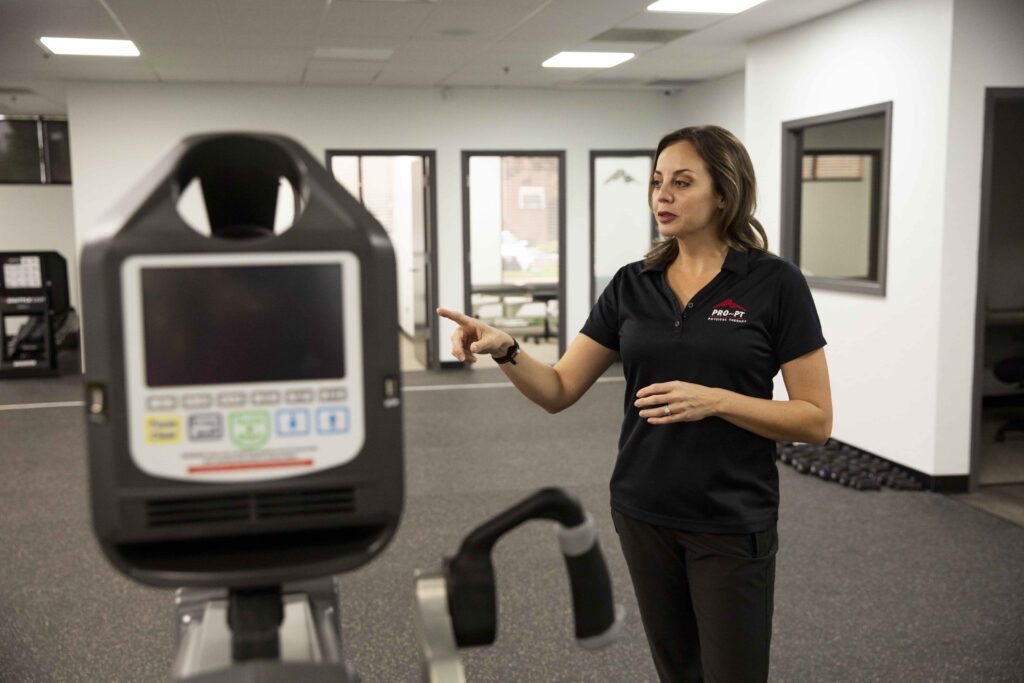
How PTs Can Help with Running Mechanics + Gait Analysis
How can seeing a physical therapist help with your running mechanics? At PRO~PT, our therapists are ready to work with runners who experience pain or want to improve their performance. Our therapists are very knowledgeable of the sport and its demands on the body. We even have a specialty program called PRO~Running.
During your time at PRO~PT, you will undergo a comprehensive evaluation.
- We will dive into your training history and other aspects of your daily life that can affect your running performance.
- We will move into an objective exam where we assess ROM, strength, muscular endurance, and functional movement patterns. This will give your therapist insight as to what your running mechanics may currently be.
- Your therapist will perform a running analysis while you run on the treadmill.
This will give us all the information needed to begin developing your plan for changing your mechanics to get you running without difficulties.
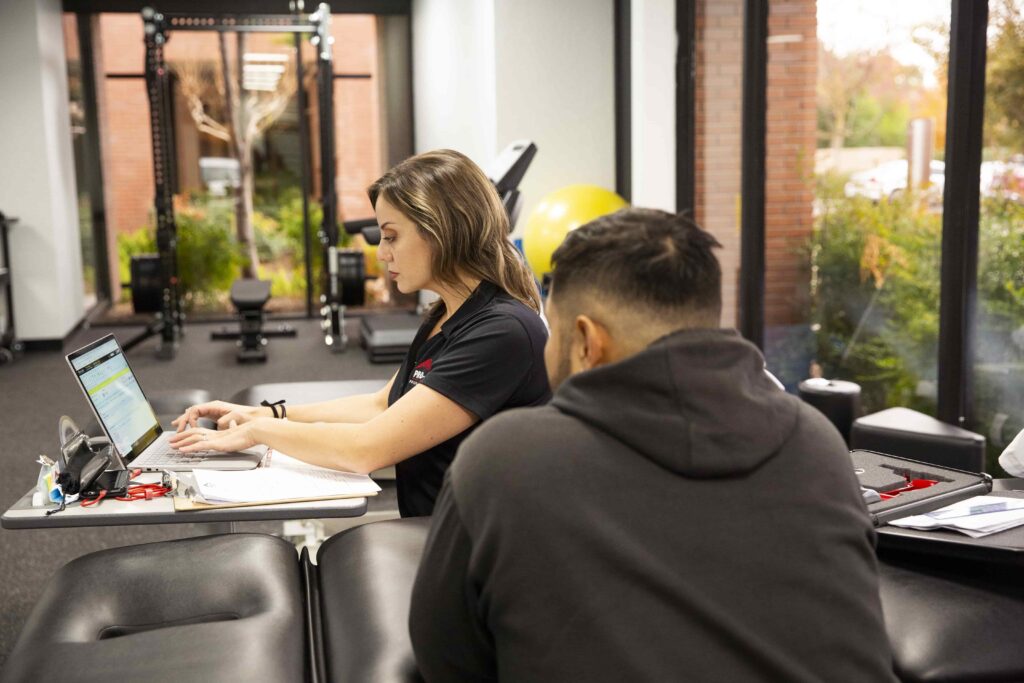
Running in the Central Valley
With its comparatively drier weather—especially in the summer—the Central Valley of California is a great spot to practice your running and improve your times. Check out our guide to top running and walking trails in the Fresno County area for more tips on running in this climate.
Exercises to Improve Running
The following exercises can help you prevent injury and properly train your muscles for running.
Running Exercise 1: “Step Up/Down”
Done with a Mirror for visual feedback.
- Using an 8-inch step, you will step up the step.
- Then you will lead backward off the step with the non-working leg first.
- While doing this at a slow pace, watch the knee and upper leg in a mirror. Ensure that your leg stays as still as possible so it does not move in/out.
- If you are unable to control this, decrease the step height being used.
- Perform this for three sets of 8-10 reps.
Running Exercise 2: “Lateral Step-Down”
Done with a Mirror for visual feedback.
- Using an 8-inch step. Place the involved leg on one side of the step.
- You will slowly lower yourself and gently touch the ground with the non-involved side, then raise back up.
- As you perform this, maintain your knee as stable as possible. Using the mirror to ensure the knee stays still.
- Perform this for three sets of 8-10 reps.
Improve Your Running with PRO~PT
To start you on your journey to improving your running mechanics, PRO~PT and Fleet Feet Fresno have come together to offer runners a complimentary 15-minute consultation with a trainer or physical therapist every third Wednesday of the month. Visit the Fleet Feet website to learn more and schedule your consultation today.

